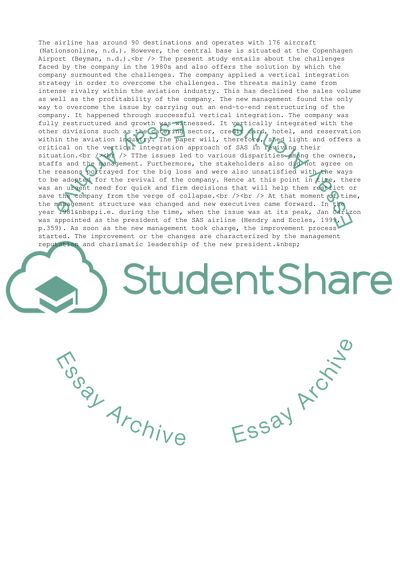Cite this document
(Strategic Management: Scandinavian Airlines Case Study, n.d.)
Strategic Management: Scandinavian Airlines Case Study. Retrieved from https://studentshare.org/management/1607460-strategic-managment
Strategic Management: Scandinavian Airlines Case Study. Retrieved from https://studentshare.org/management/1607460-strategic-managment
(Strategic Management: Scandinavian Airlines Case Study)
Strategic Management: Scandinavian Airlines Case Study. https://studentshare.org/management/1607460-strategic-managment.
Strategic Management: Scandinavian Airlines Case Study. https://studentshare.org/management/1607460-strategic-managment.
“Strategic Management: Scandinavian Airlines Case Study”. https://studentshare.org/management/1607460-strategic-managment.


